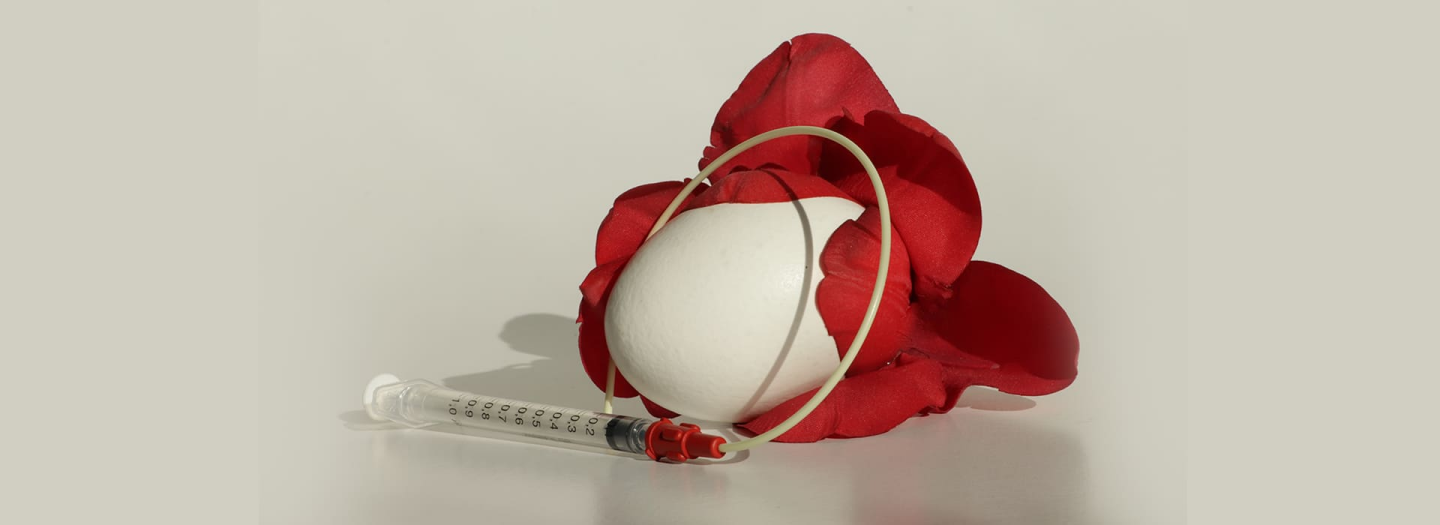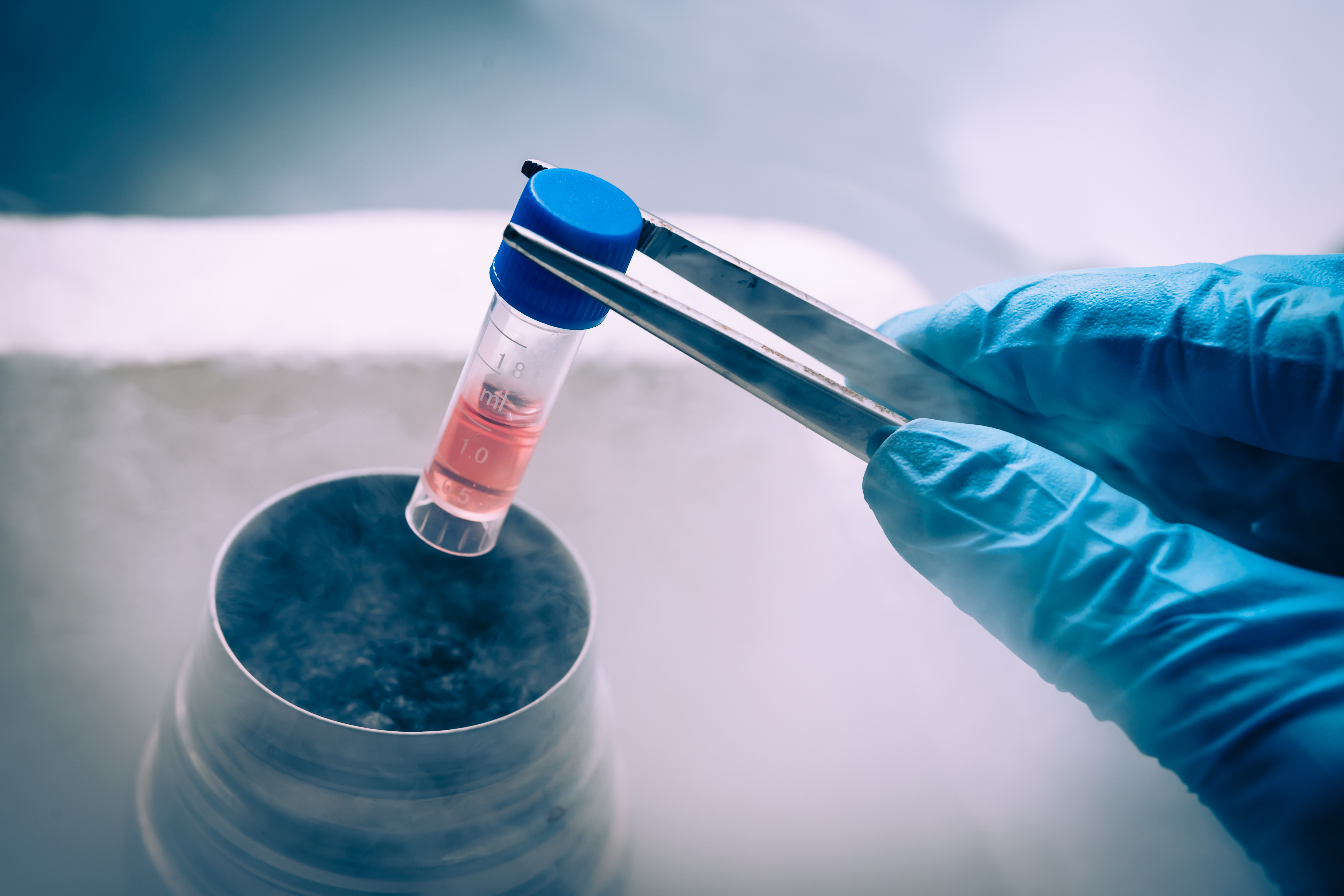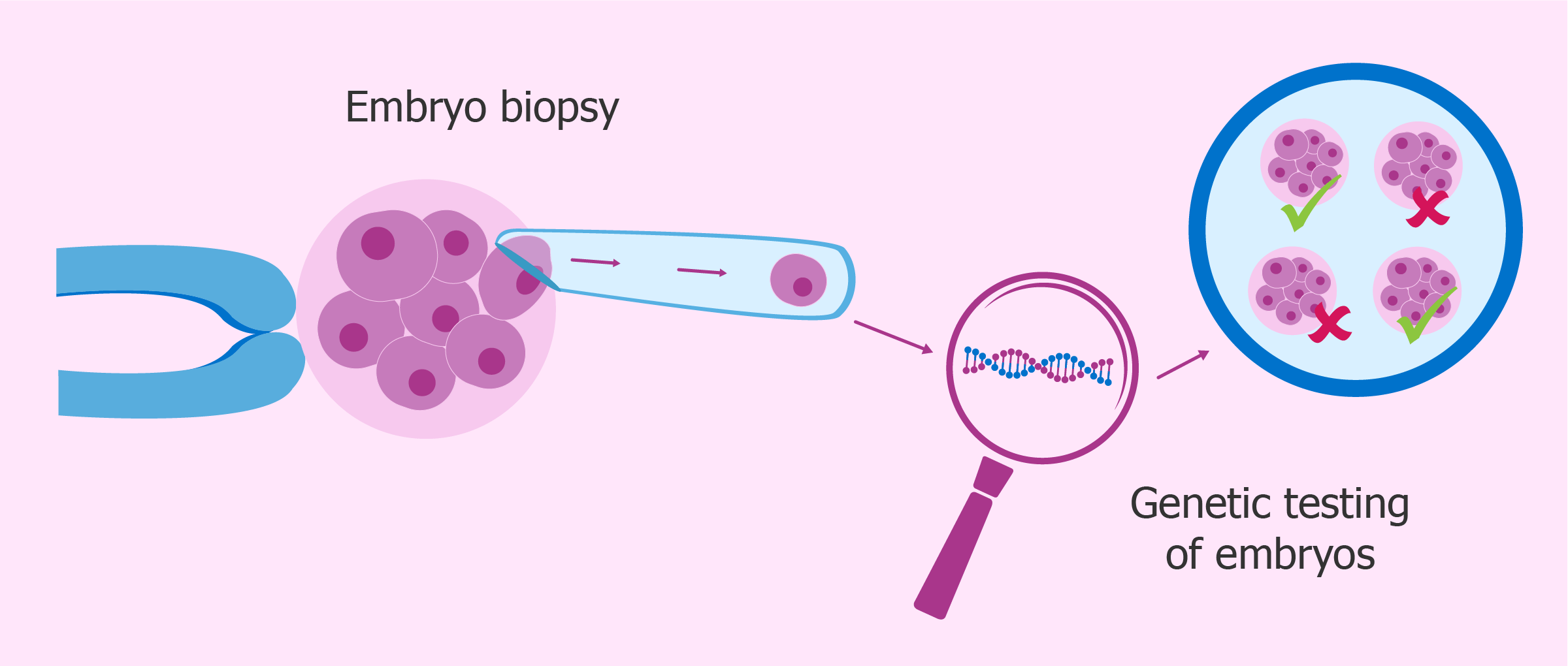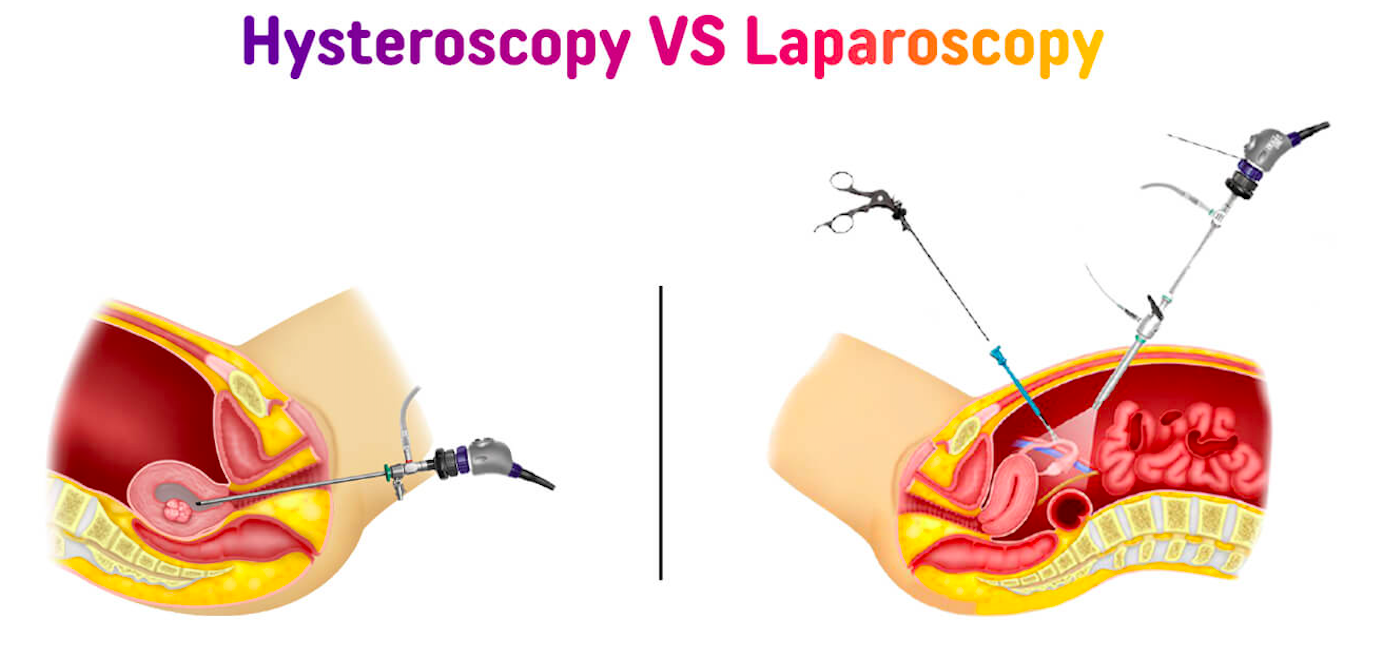1. IVF(In-Vitro Fertilization)
During in vitro fertilization, eggs are retrieved from mature follicles within an ovary. The eggs are then fertilized by mixing them with sperm in a petri dish. Finally, the fertilized eggs (embryos) are transferred into the uterus.
2. IUI (Intrauterine Insemination)
In an IUI procedure, sperm is placed directly into the uterus using a small catheter in order to bring a greater number of sperm in close proximity to the egg, thereby improving the chances of fertilization and pregnancy.
3. Intracytoplasmic Sperm Injection (ICSI)
In the ICSI process, a tiny needle called a micropipette is used to inject a single sperm into the center of the egg for fertilization.
4. Donor Treatments
“Donor sperm is commonly used in IUI procedures for women seeking to achieve pregnancy. Additionally, donor egg treatment involves one woman becoming pregnant through IVF by utilizing donated eggs. Donor sperm IVF is one more treatment option available.”
5. Ovulation Induction Timed Intercourse
A timed intercourse cycle is a strategic way of optimizing your fertile window by using medication and guidance from a medical team to stimulate egg production by the ovaries, induce ovulation, and improve chances for natural conception.
6. Cryopreservation Of Embryos
“Embryo freezing (cryopreservation) freezes and stores fertilized eggs for later use.”
7. Laser Assisted Hatching (LAH)
In laser-assisted hatching, a small crack is created before inserting the embryo into your uterus with the hope that this hatching aids in the implantation of the embryo.
8. Preimplantation genetic testing
“Preimplantation genetic testing (PGT) is a laboratory procedure conducted during in vitro fertilization (IVF) where embryos are screened for abnormal chromosomes before being transferred to the uterus.”
9. Hysteroscopy Surgery
A hysteroscopy is a procedure used to examine the inside of the uterus.Infertility specialists use diagnostic hysteroscopy to identify abnormal uterine structure, uterine fibroids, polyps, and scarring
10. Laparoscopy Surgery
Laparoscopy for infertility is a minimally invasive surgical procedure that uses a laparoscope inserted through small incisions, typically in the belly button. It allows the surgeon to identify and correct issues such as, tubal factor , scar tissue, fibroids, and improperly implanted endometrial tissue
11. Surgical Sperm Retrieval – TESA, PESA
PESA and TESA are procedures that involve extracting sperm from the epididymis or testicle using a fine syringe. They can be used to retrieve sperm in cases of obstructive or non-obstructive azoospermia, depending on the severity of the condition
12. Endometrial Receptivity Analysis (ERA)
Endometrial Receptivity Analysis (ERA), is a genetic test that takes a small sample of a woman’s endometrial lining to determine which day would be the best day to transfer the embryo during an IVF cycle
13.Sperm DNA fragmentation index (DFI)
The sperm DNA fragmentation index (DFI) reflects the integrity of and the damage to the DNA, the genetic material of the sperm, thereby detecting potential sperm damage.
14.Polycystic Ovary Syndrome (PCOS)
A hormonal disorder causing enlarged ovaries with small cysts on the outer edges. The cause of polycystic ovary syndrome isn't well understood but may involve a combination of genetic and environmental factors. Symptoms include menstrual irregularity, excess hair growth, acne, and obesity
15.Follicular Study
A follicular study is done to track the growth of follicles in a woman’s ovaries. It is also known as a follicular scan or follicular monitoring
16.Platelets Rich Plasma(PRP)
PRP can be used to enhance egg quality, rejuvenate the ovaries, and improve response to stimulation medications. PRP, derived from fresh whole blood collected from a peripheral vein, may also be utilized to improve the endometrial receptivity of the uterine lining before an embryo transfer
17. Semen Analysis Test
A semen analysis looks at the volume and quality of a man's sperm. It is one of the first steps to detect male fertility issues. Semen analysis involves collecting a semen sample and evaluating it in a lab
.jpg)

.jpg)





.png)
.jpeg)

.jpg)
